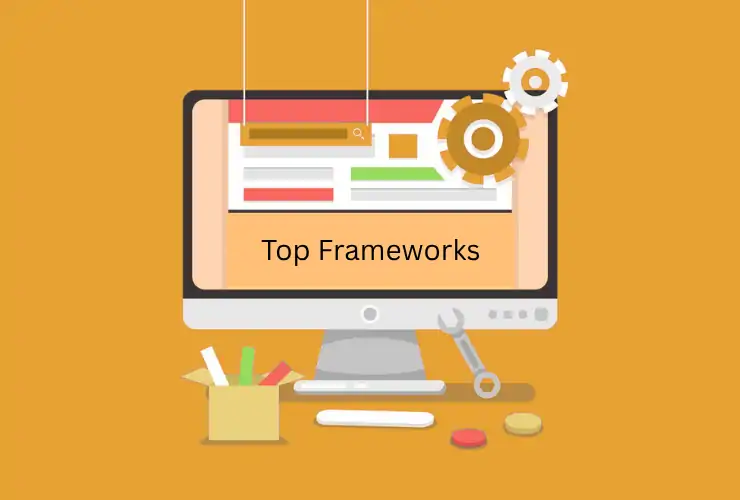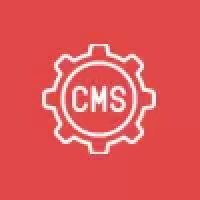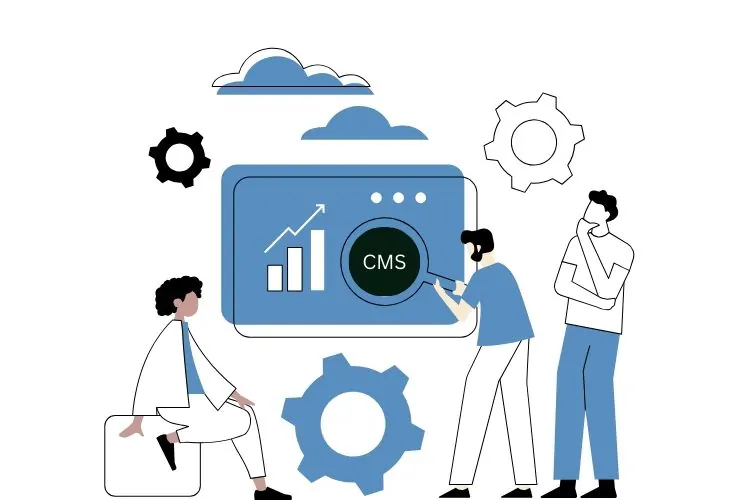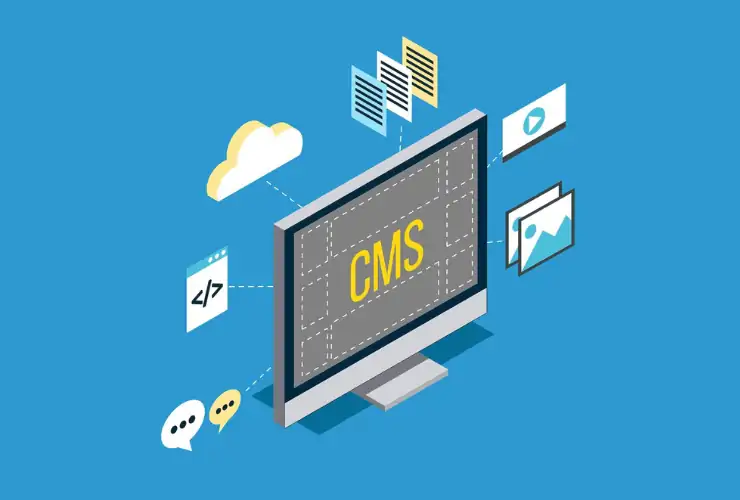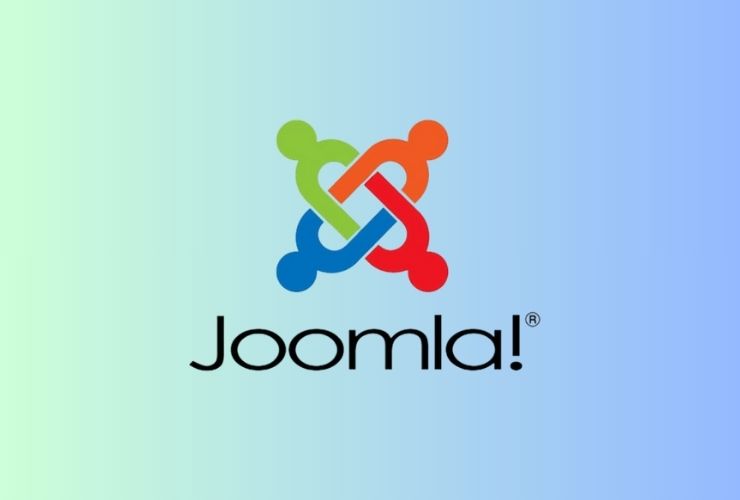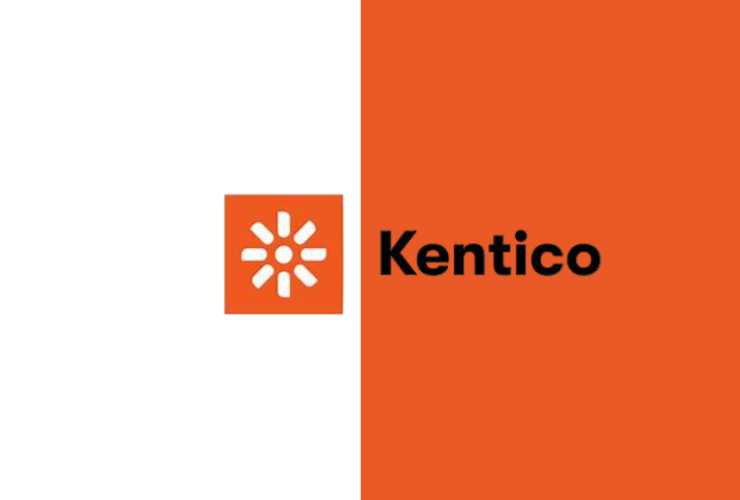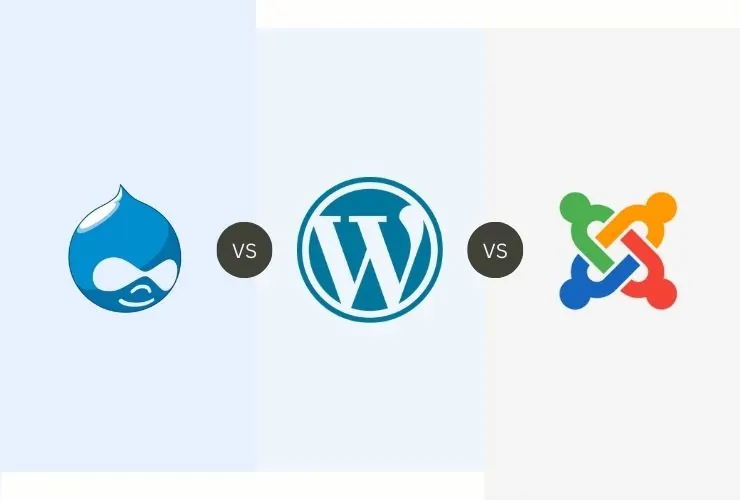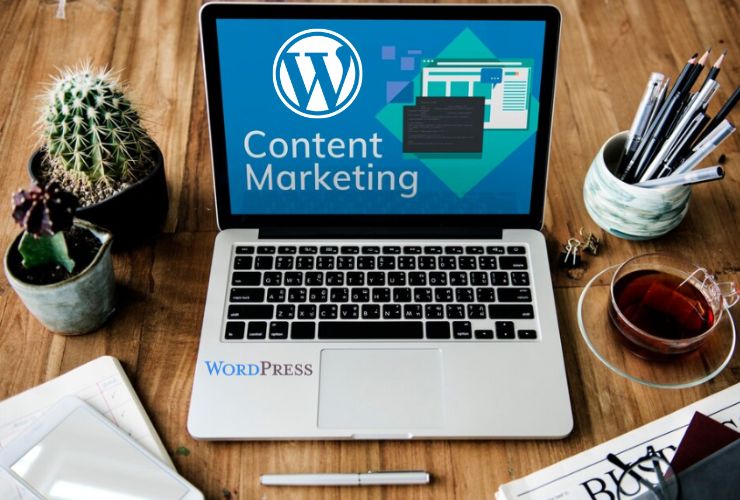Scalability is no longer just a “nice to have” — it’s essential in modern web development. Websites and web apps must adapt as businesses grow and traffic increases. No one wants a great digital experience to crash or slow down during peak user engagement.
This becomes even more important for content-heavy websites. These platforms often involve fast updates, rich media, and global user access.
A scalable CMS infrastructure supports business growth. It allows your site or app to handle more content and users while maintaining excellent performance.
In this blog, we’ll explore top CMS frameworks that help developers build high-performance, scalable digital platforms.
1. WordPress (with Headless Setup)
WordPress has over 40% share of all websites on the Internet making it the most widely used CMS out there! Many consider it the most user-friendly CMS, requiring minimal effort to post and feature content on a website. However, it still scales to enterprise needs, especially when configured as a headless system.
In a headless setup, developers use WordPress solely as the content backend and build the frontend with modern JavaScript frameworks like React, Vue, or Next.js. A headless WordPress installation offers better performance, customizability of the frontend, and quicker content delivery to many devices and users.
Best for: Content-rich blogs, marketing websites, multi-author platforms
Scalability Tip: Use tools like WPGraphQL, CDNs, and static site generators to boost performance and scalability.
2. Drupal
Drupal is a heavyweight CMS that targets massive, complicated websites. Its reputation as a fast content modelling experience, multilingual capabilities, access control, and extensibility attracts government institutions, universities, and large corporations.
Drupal developers use its modular architecture to build and deploy highly customized content experiences, making it well-suited for modern single-page applications, as well as hybrid or headless implementations.
Best for: Government websites, Universities, Enterprise portals;
Scalability Tip: leverage performance across Drupal’s caching layers, cloud-native architecture, and performance modules such as Redis or Varnish to handle high fly volumes.
3. Contentful (Headless CMS)
Contentful, a cloud-native, API-first headless CMS, enables teams to centrally manage content and seamlessly deliver it across multiple platforms, including web apps, mobile apps, IoT devices, and more.
Combining structured content with CDN delivery globally, and flexible to any front-end technology, teams seeking performance across plans continents choose Contentful.
Best for: digital agencies, global enterprises, and omnichannel brands;
Scalability Tip: leverage Contentful’s webhook and integration capabilities for automation and couple with front-end frameworks like Next.js or Gatsby for fast and scalable delivery.
4. Strapi
Strapi is an open-source headless CMS based on Node.js which has a lot of flexibility and scalability. Developers can rapidly define content types, create APIs and deploy scalable content systems.
Being self-hosted means teams get to pick their own infrastructure (cloud/on-prem), which is great for apps that require full control of the deployment and scaling.
Best For: SaaS startups, custom web apps, Jamstack sites
Scalability Tip: Use in parallel with Docker, Kubernetes, and cloud environments like AWS, to build auto-scaling environments.
5. Sanity
Sanity is unique due to its real-time collaboration, Content Studio that offers a structured content model and customization options. It was built for teams creating dynamic and content-heavy apps where editorial workflows and real-time updates are important.
Sanity leverages a powerful GraphQL-like API (GROQ) to allow data to be stored in a structured way, and delivered to any frontend.
Best For: Media platforms, interactive apps, real-time content delivery
Scalability Tip: Use Sanity’s hosted API for better performance, and use frontend frameworks to quickly create fast, interactive UX.
6. Ghost
Ghost is a modern-day CMS built on Node.js that is dedicated to publishing performance and user experience. It started as a blogging platform and has matured into one that supports custom themes and subscriptions, as well as content APIs. Ghost is a great fit for any creator or publisher who wants speed, simplicity, and performance.
Ghost is optimized for speed and SEO. When deployed in a performant cloud hosting environment, Ghost can receive a lot of traffic without breaking a sweat.
Best for: Blogs, online publications, content-savvy startups
Scalability Tip: Go with Ghost(Pro) for managed scalability, or consider an open-source deployment on DigitalOcean, Vercel, or Heroku with an autoscaling configuration.
Key Things to Consider When Choosing a Scalable CMS
When you go through the CMS platforms you are considering for scalability, here are a few things to evaluate:
- Headless capabilities: The ability to send content to any front-end or specific device.
- Strong APIs: To provide an easy RESTful API or GraphQL for integration.
- Cloud-native readiness: The ability to deploy to AWS, Azure, or other cloud providers.
- Multisite/multi-language readiness: For global companies.
- Caching/performance layers: To serve many people without delay.
- Security/roles management: Needed for enterprise-grade platforms.
- Community/ecosystems: Understanding that an engaged developer community provides innovation and ensures long-term support.
Conclusion
Web development has evolved far beyond simple website building—it’s about creating scalable digital experiences that perform under extreme loads, are flexible enough to function across platforms, and easily adapt as the business changes. The CMS frameworks above traditional or headless offer the flexibility, performance, and scalability needed in today’s environments.
Whether you choose a purpose built headless CMS like Strapi or Contentful, an enterprise grade platform like Drupal or a standard blog platform like WordPress, the decision on which CMS framework to use really comes to your team’s capabilities, your needs for scalability, and your content strategy.
Make the choice wisely – and build for future scalability.

